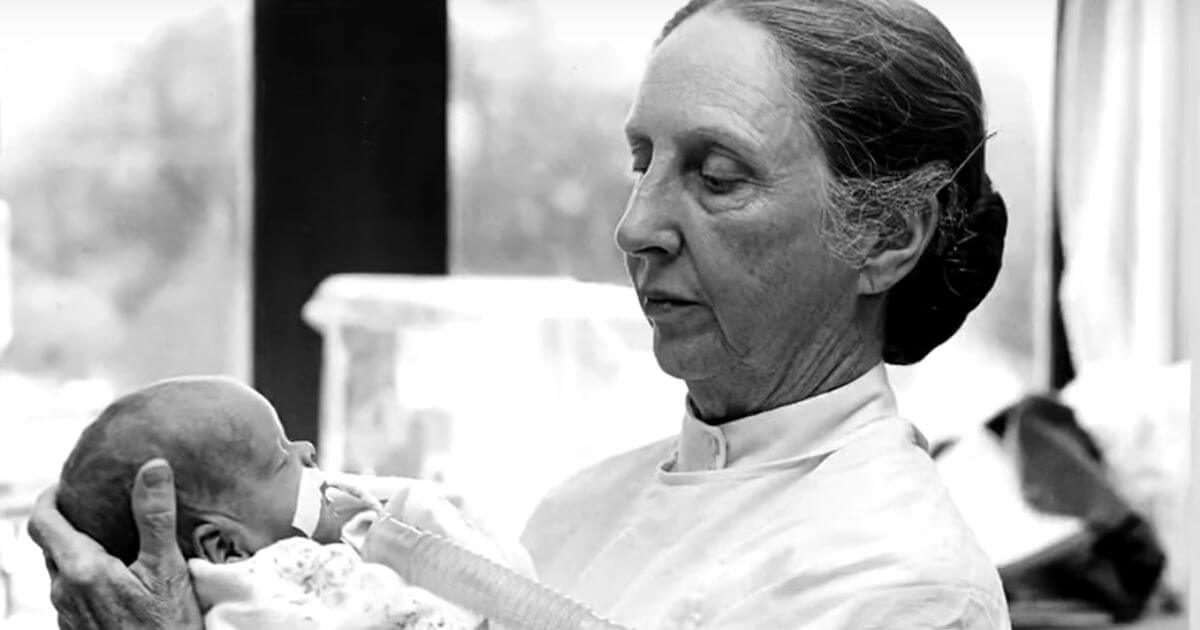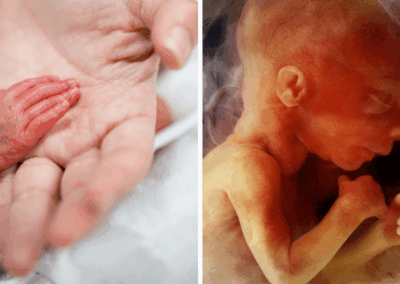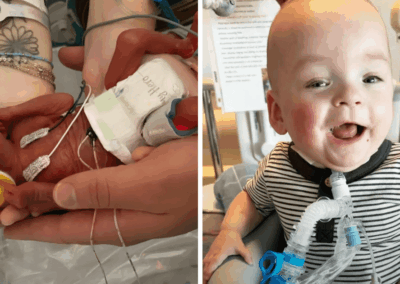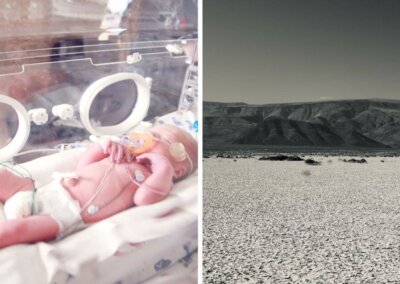A pioneer in the treatment of lung disease in premature babies and founder of one of America’s first newborn intensive care units has died aged 101.
Dr Mildred Stahlman was admitted to Vanderbilt medical school in 1943, one of just four women in her class. In 1954, she received a grant to study what was then known as hyaline membrane disease in premature babies, now more commonly known as respiratory distress syndrome. In this condition, the baby’s lungs are underdeveloped and unable to provide enough oxygen, causing severe breathing difficulties. When the condition was severe, it was almost always fatal in premature babies.
Dr Stahlman and her colleagues experimented with “iron lung” machines, which had been developed to help polio patients and laid the groundwork for modern ventilators. She conducted much of her research into lung development on newborn lambs, keeping a small herd of sheep at the Vanderbilt medical school. Dr Stahlman also opened a neonatal intensive care unit (NICU) for premature babies and newborns in 1961.
One of the babies she saved went on to become a nurse at the same hospital
Later in 1961, a baby girl named Martha was born two months prematurely with respiratory distress syndrome. Her parents, one of whom was a Vanderbilt medical student, agreed to let Dr Stahlman attempt an experimental treatment, which successfully saved the baby’s life.
Martha was placed into a prototype infant-sized iron lung, and Dr Stahlman stayed in the adjacent lab to help monitor the baby. “I was there for four nights”, she said when interviewed in 2005. “On the fifth day, we managed to get her weaned off”.
In an interview a few years later, Martha said “My dad happened to be in med school at the time, they came to him with the X-ray and said, ‘You know how this works, can we try it?’ Dr Stahlman literally said ‘If this doesn’t work, I will never try it again.’ And it worked, and here I am”.
Martha is now a nurse at the same NICU where Dr Stahlman saved her life. Dr Stahlman not only became her lifesaver but also her godmother.
Martha said “To my knowledge I am the first baby that was ever put in a ventilator, and the difference between this and anything else they had done respiratory-wise for a baby was the machine did inhalation and exhalation for me, which is what gives the babies lung support until that surfactant comes in”.
A holistic approach to neonatal medicine
After realising that many babies died on their way to the NICU, Dr Stahlman also developed the first Angel transport vehicle for premature babies by converting a bread truck into an ambulance containing a ventilator and warming lamps. In a 2011 interview she said “During one particular time, we had three babies [in a short time] dead on arrival. I said that was it. We cannot tolerate them dying on the way. We considered that you couldn’t run an ICU and accept babies if you couldn’t do transport”.
Meg Rush, a paediatrics professor and president of Vanderbilt’s Monroe Carell Jr. Children’s Hospital, said “It is hard to capture in a few sentences the profound influence [Dr Stahlman] had for so many during her lifetime”.
“She founded the field of neonatology, pioneering and permanently integrating the principles of science and bedside care for prematurely born babies. Her discoveries have been instrumental in shaping the field for the past 60-plus years”.
Dr Stahlman also fought to alleviate risk factors for premature delivery, specifically poverty.
When asked at the end of a lecture what advice she had for doctors in training, Dr Stahlman said “What I would hope that I could convince you of is that if you are ever going to practice medicine, the first thing you have to learn is charity. What is charity? Charity is unqualified love”.
Spokesperson for Right To Life UK, Catherine Robinson, said “As we remember with gratitude the life of Dr Mildred Stahlman, we can also reflect on the remarkable medical advancements that researchers like Dr Stahlman have contributed to over the last century. These developments have saved the lives of many babies across the world, as well as increasing our understanding of life in the womb”.












